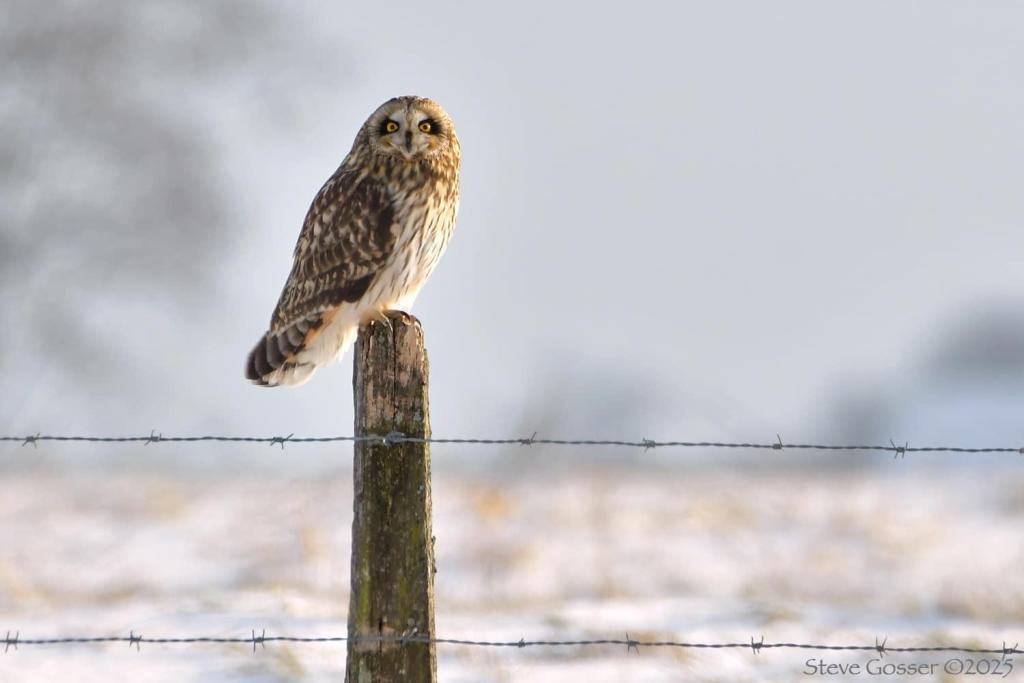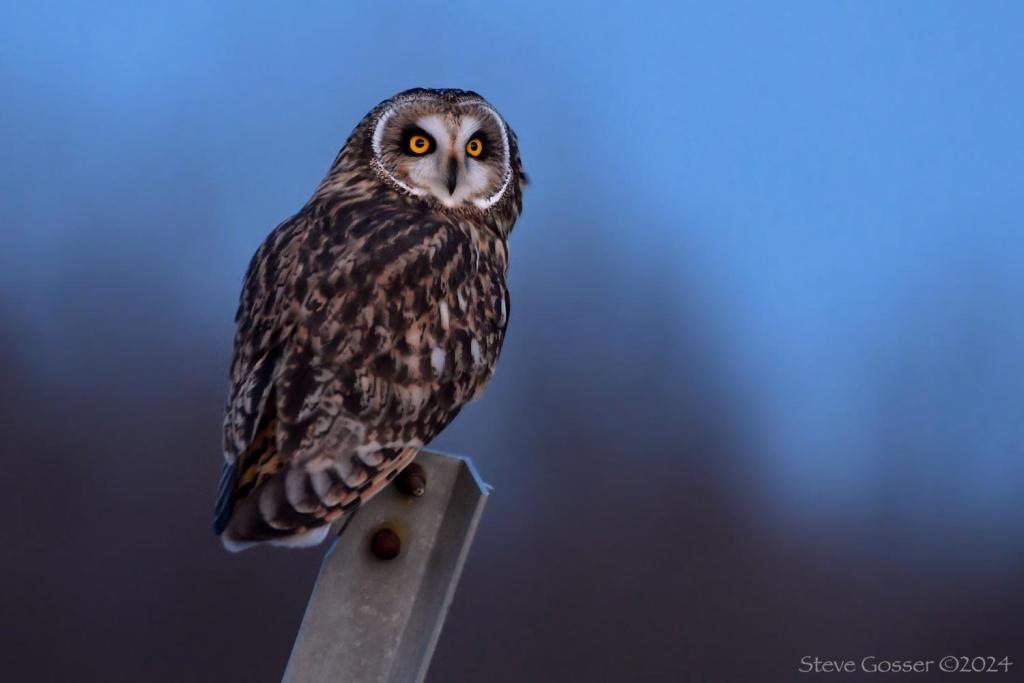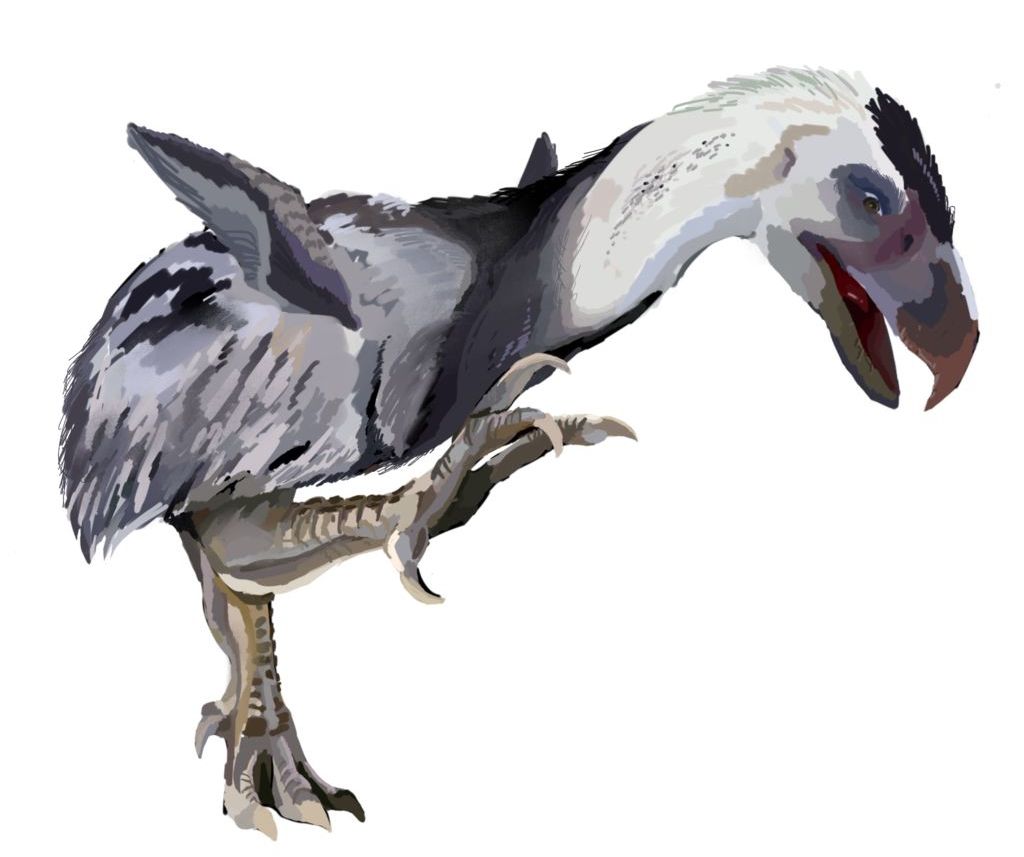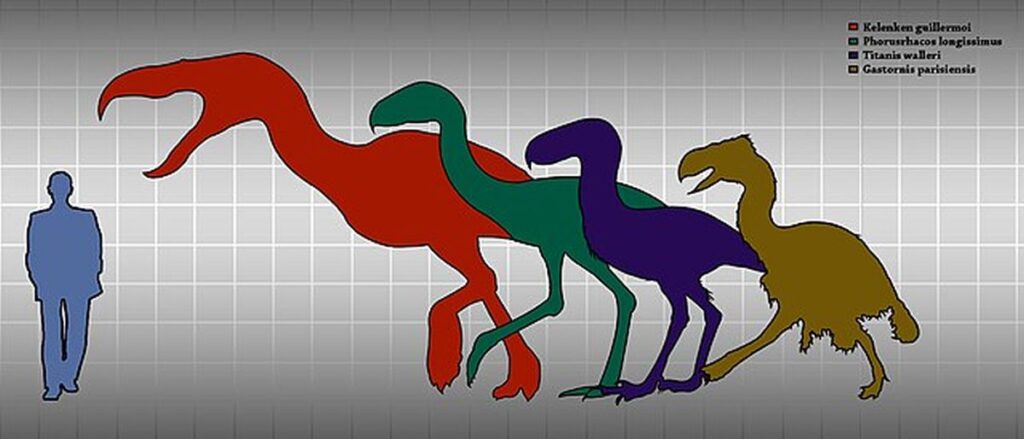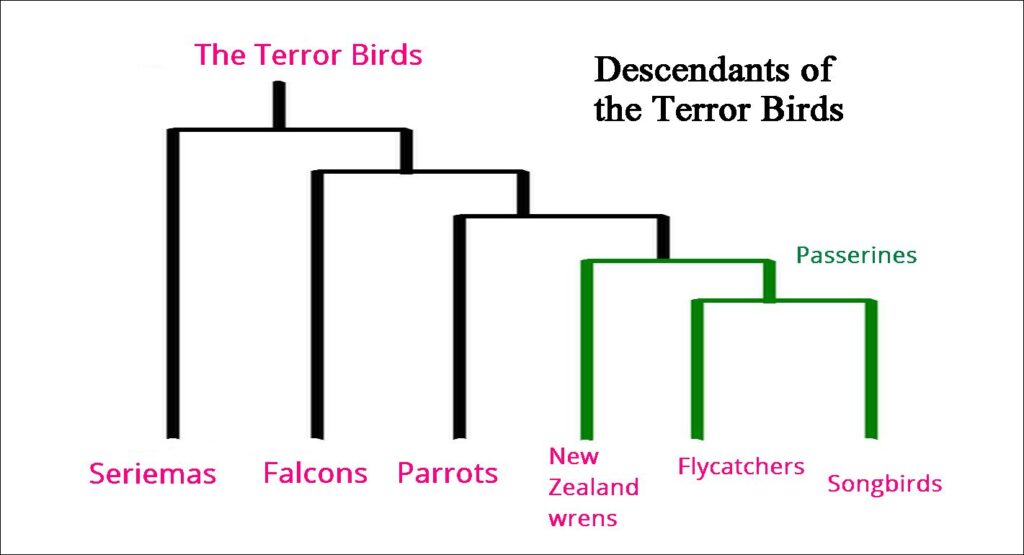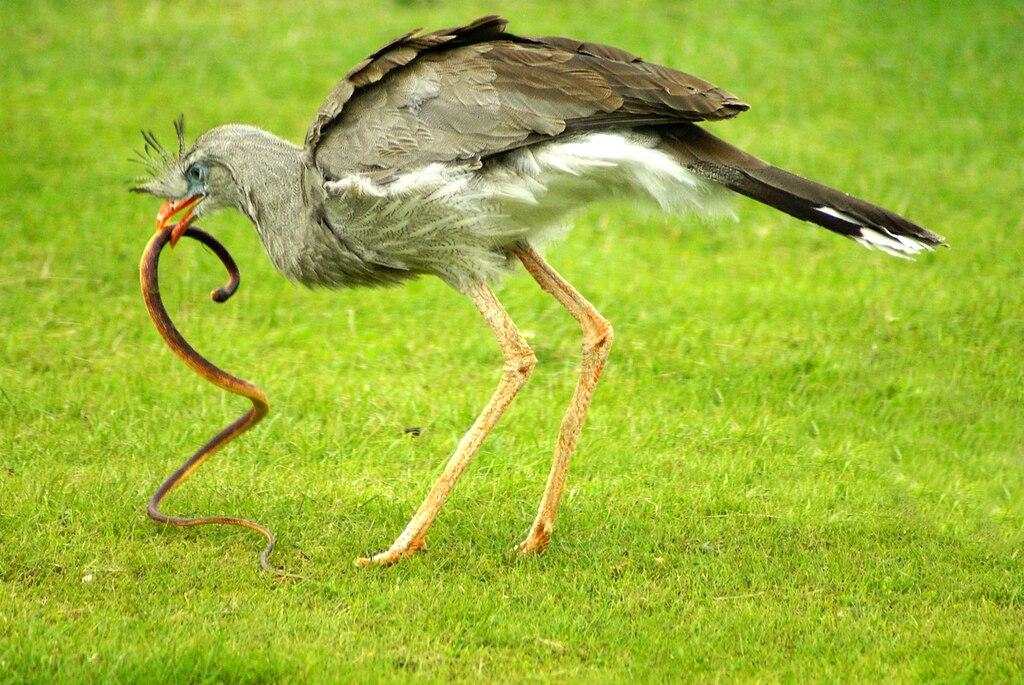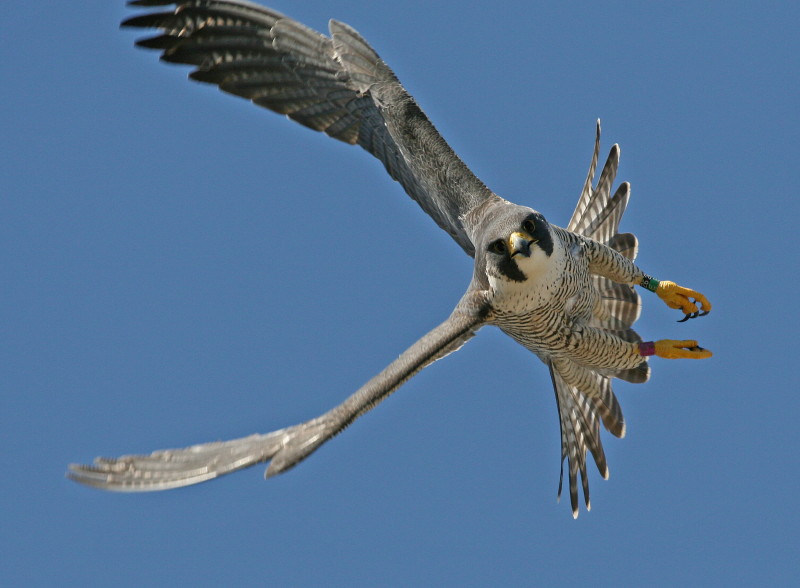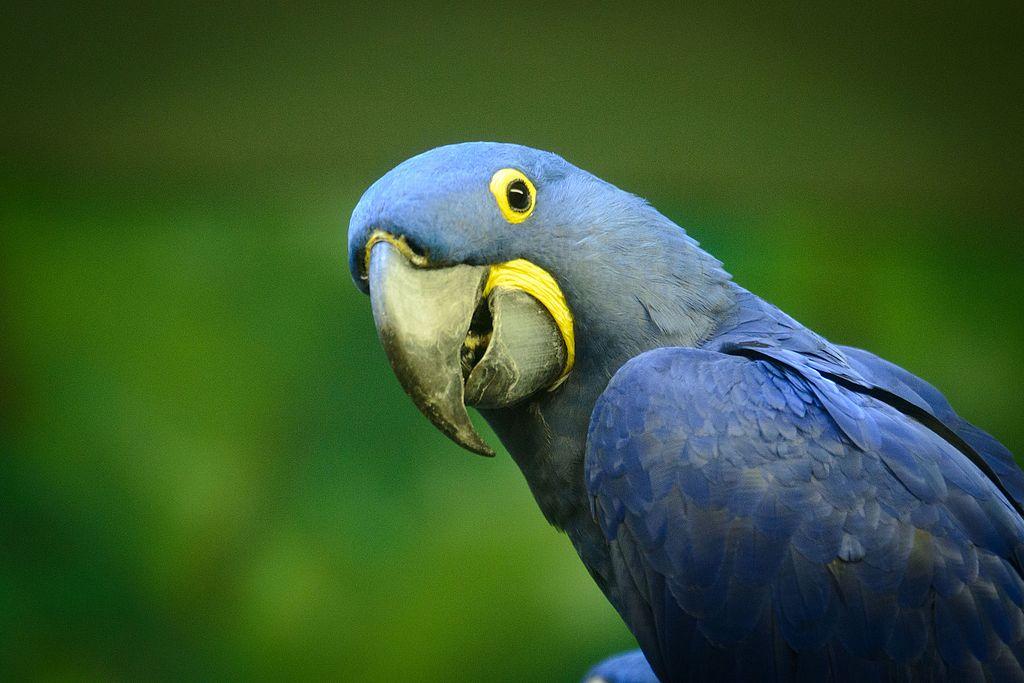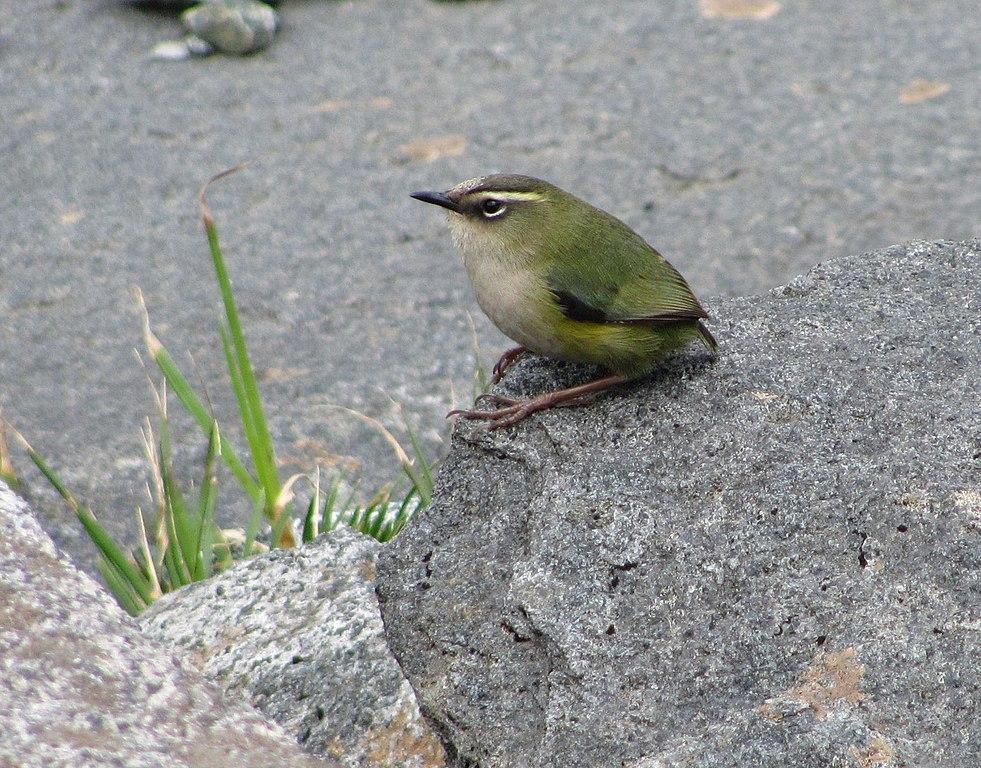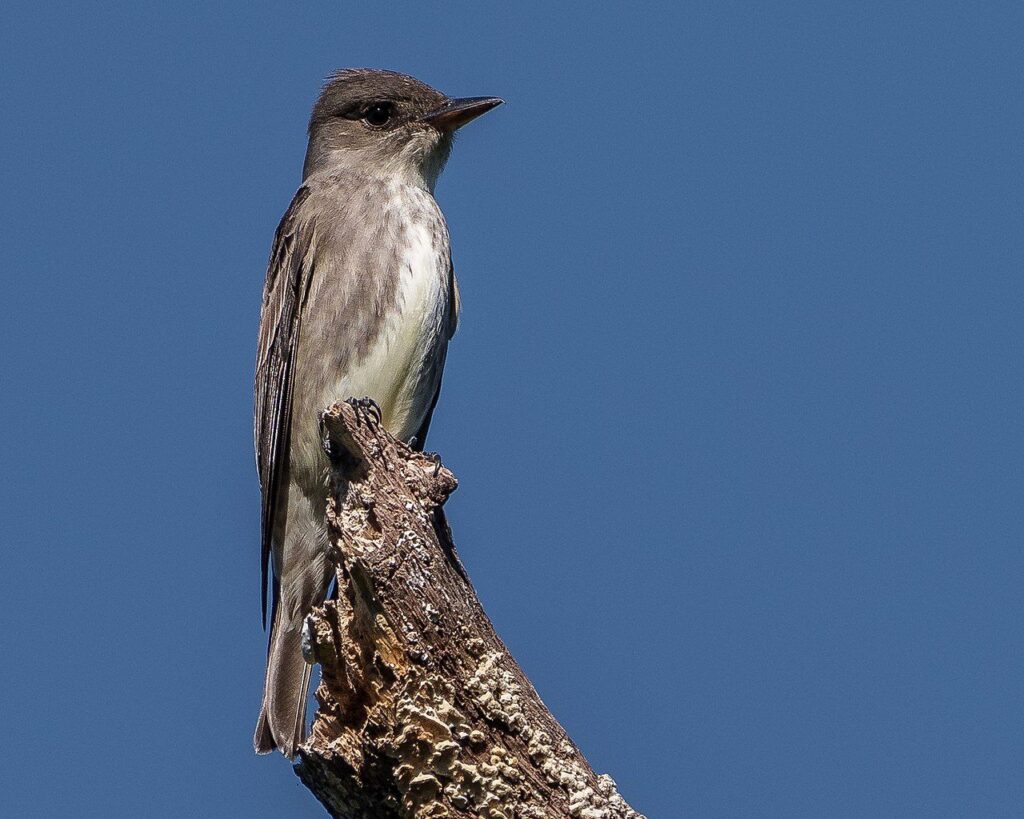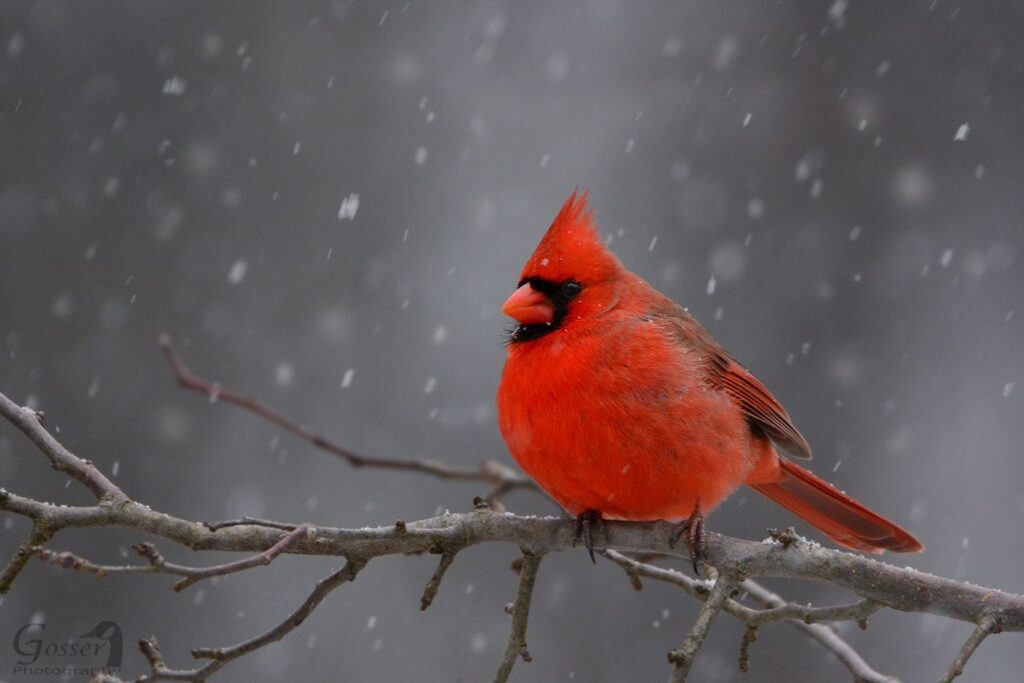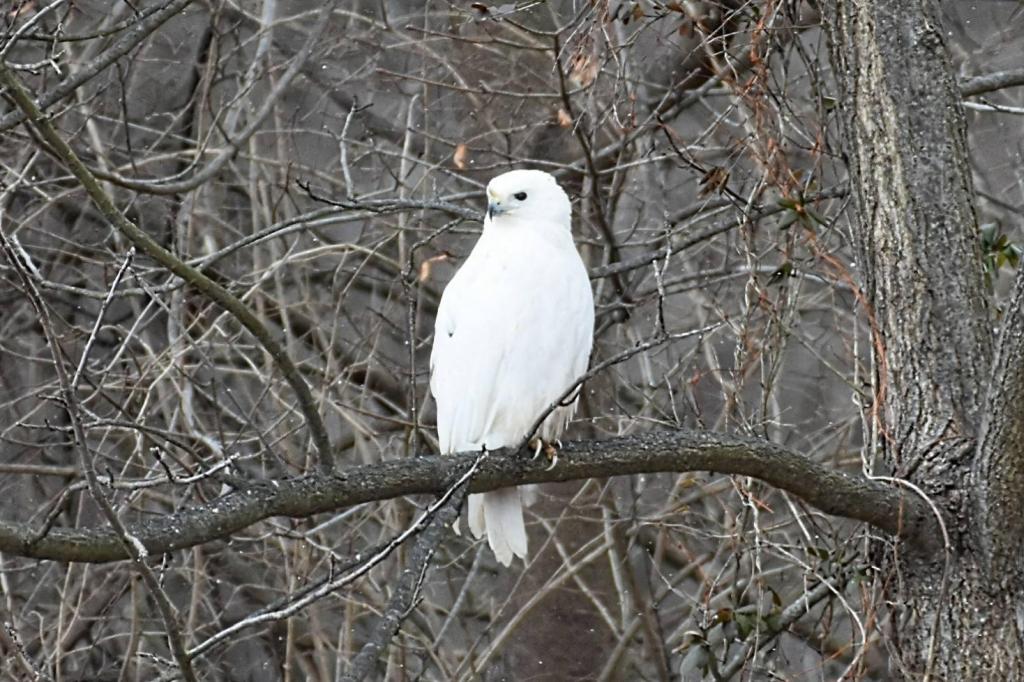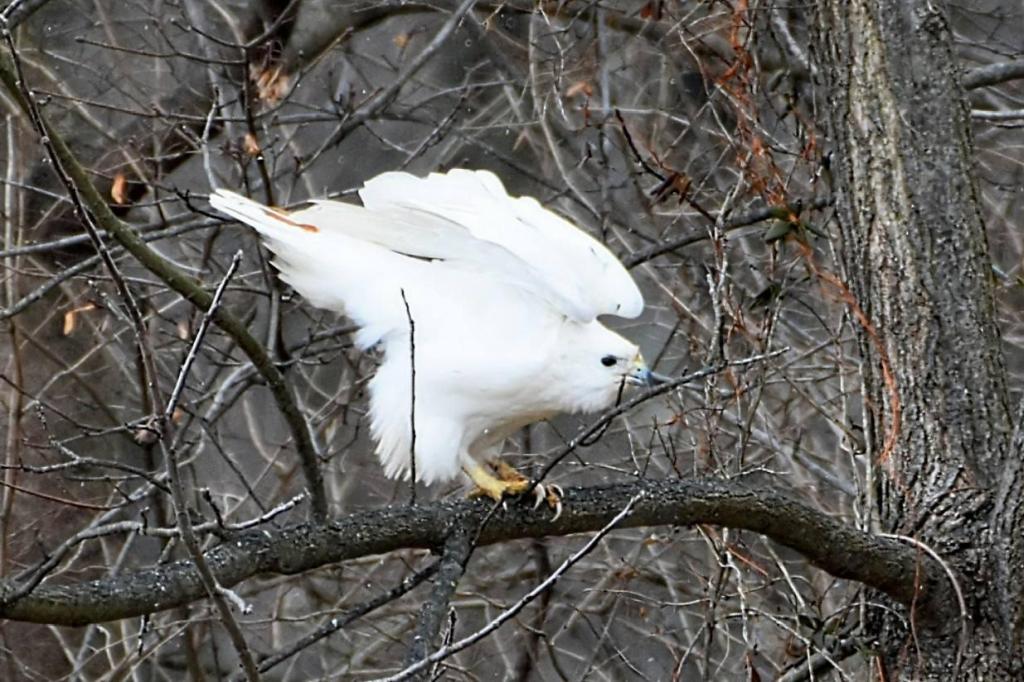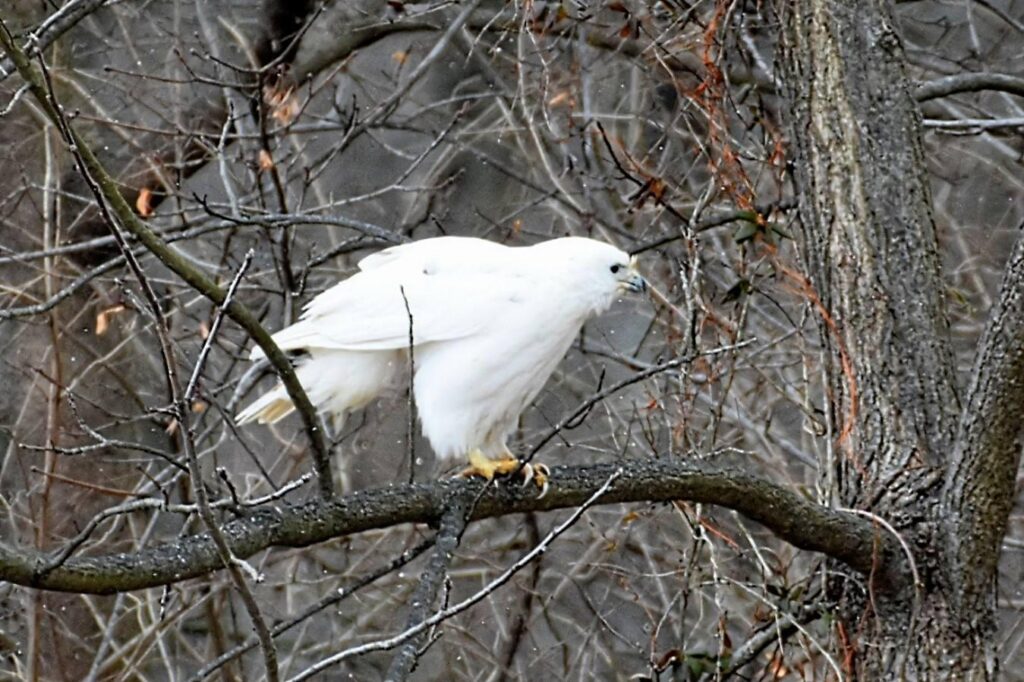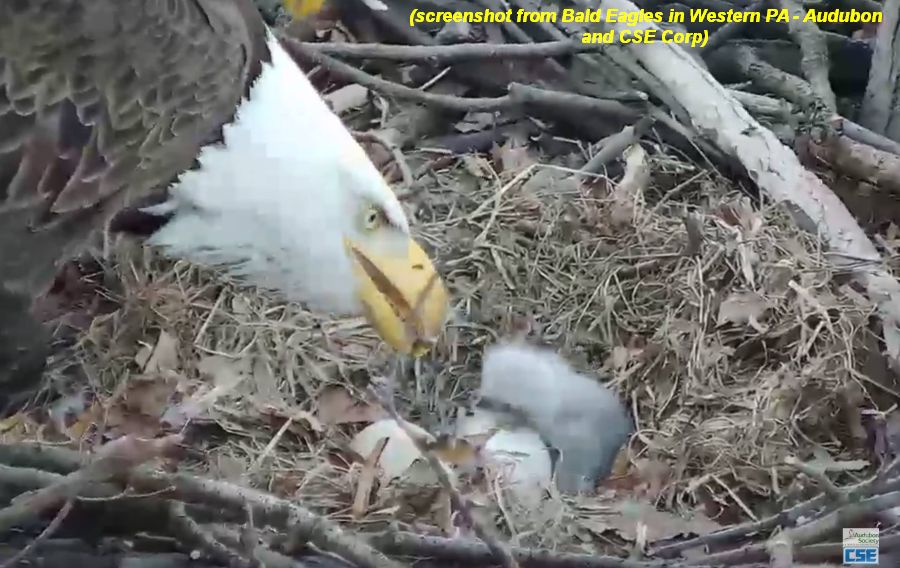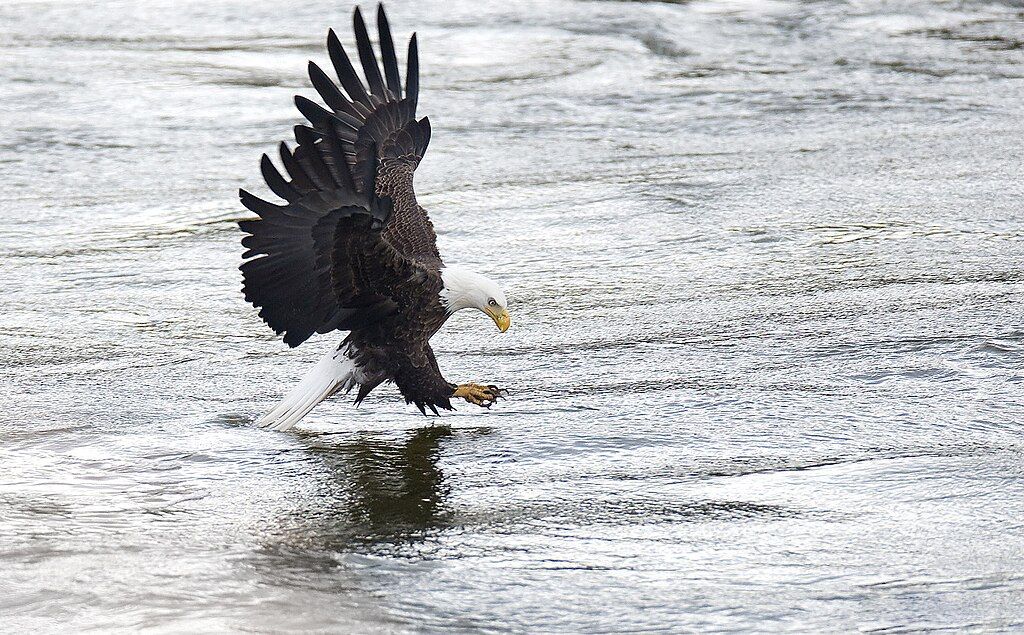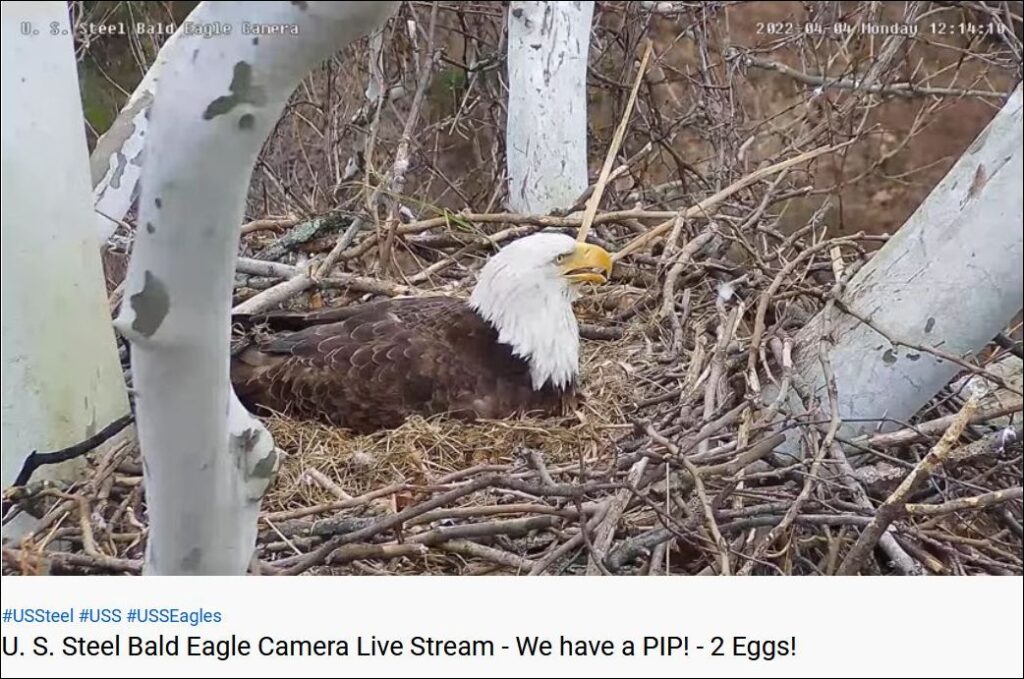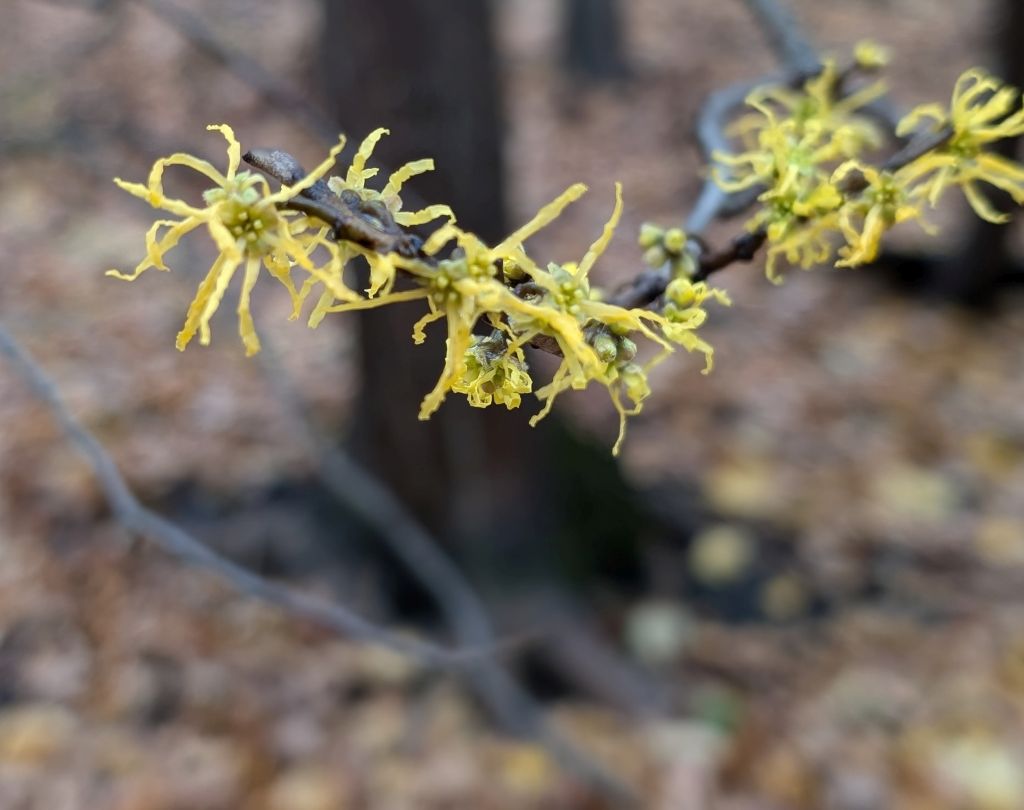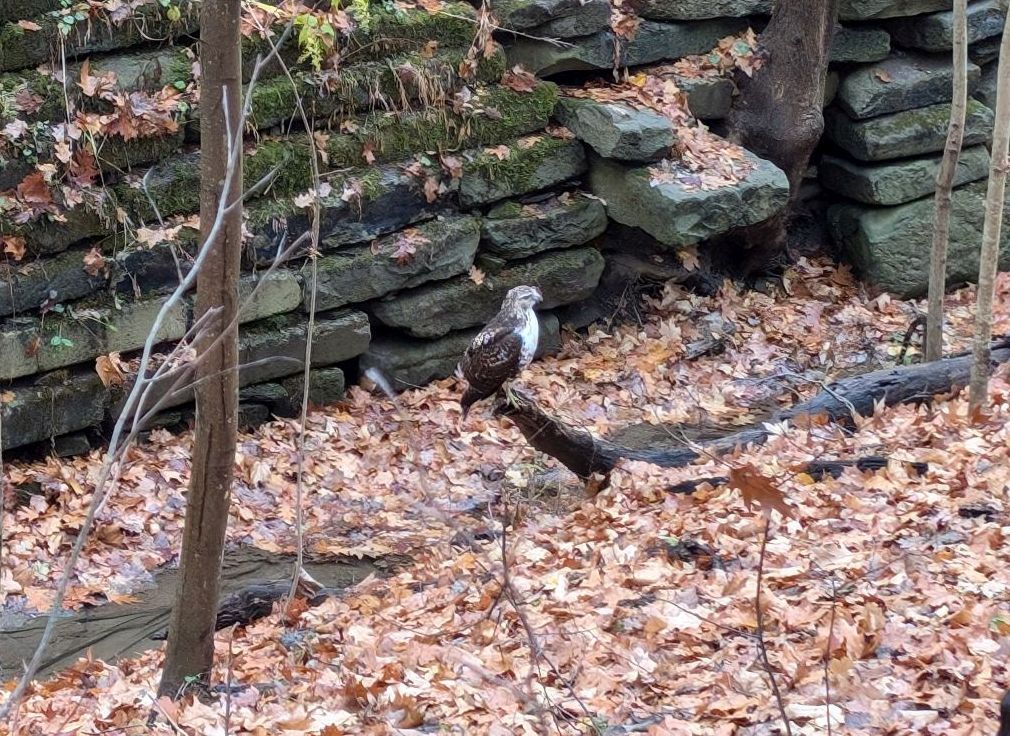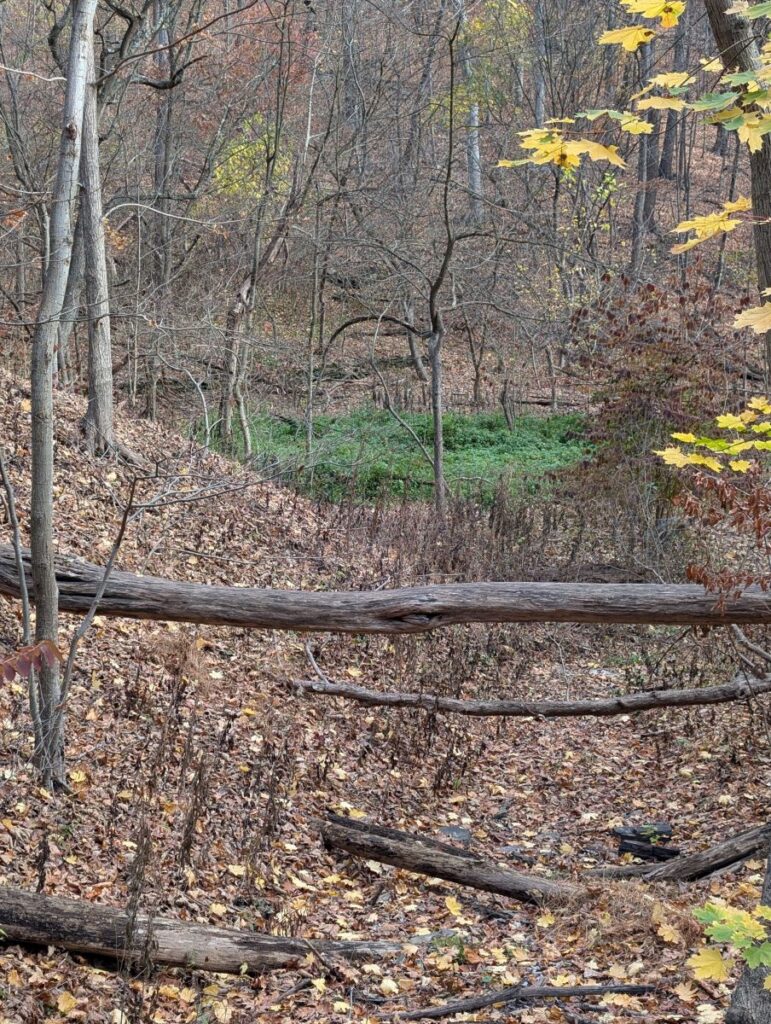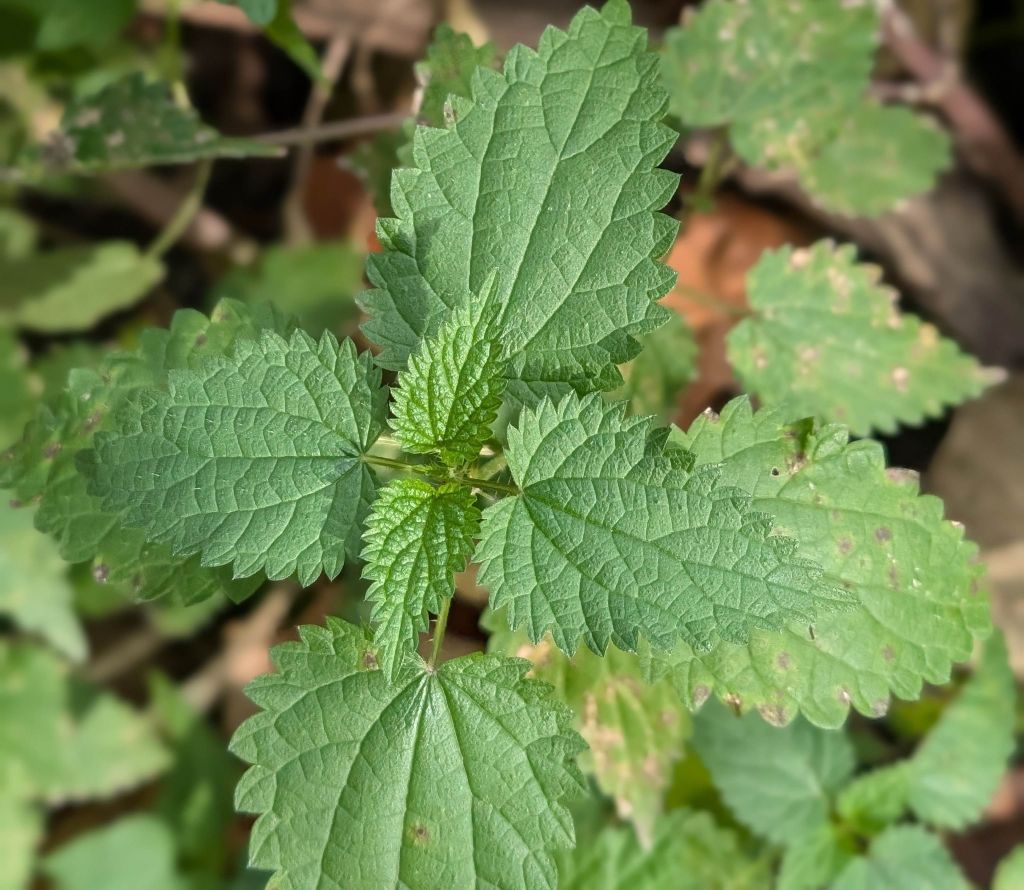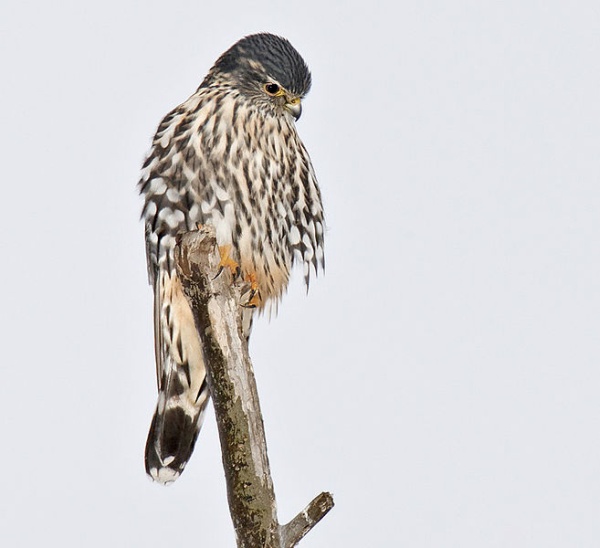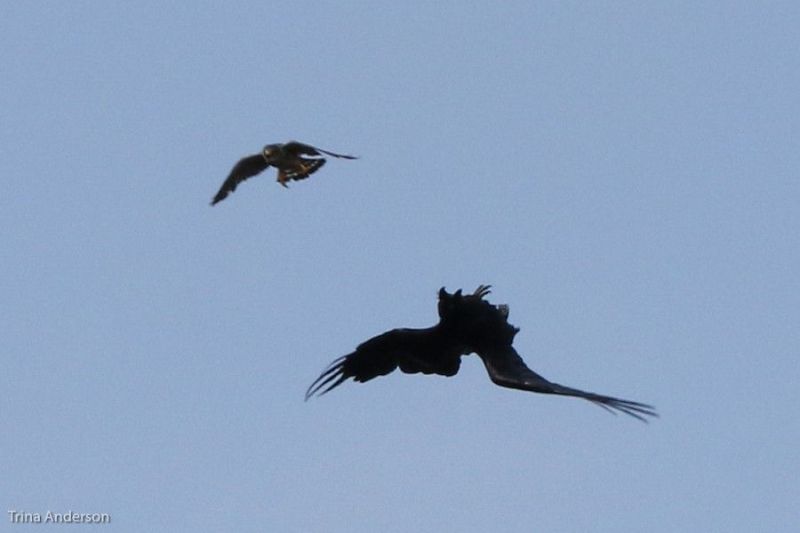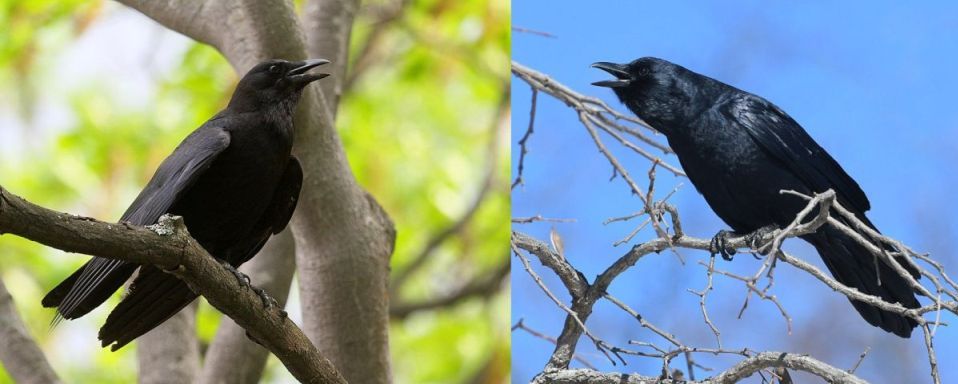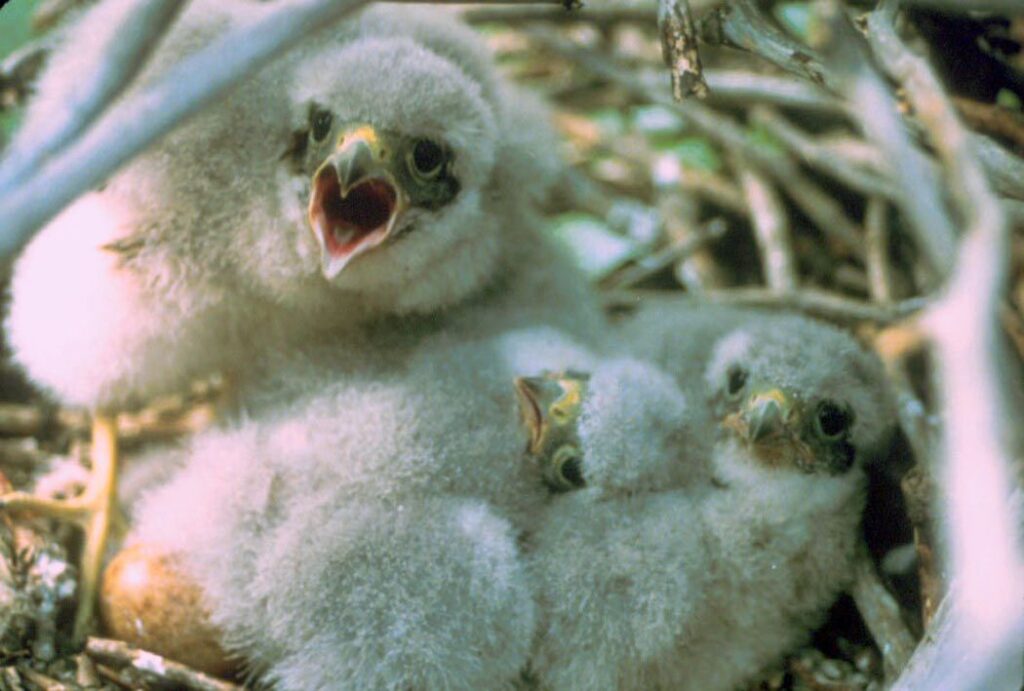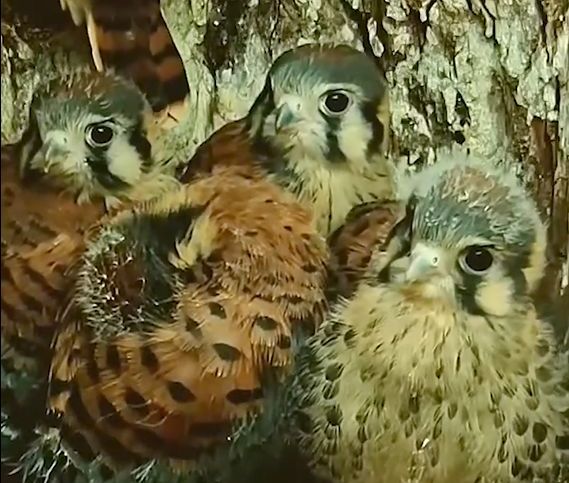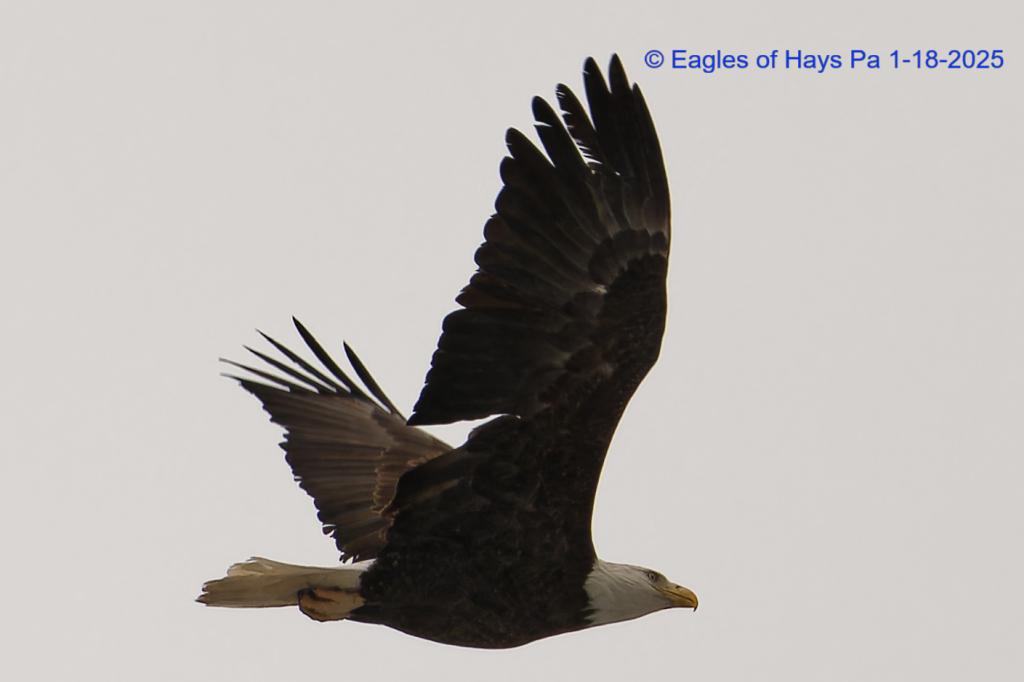
20 January 2025
From 2013 through 2023 a male bald eagle, nicknamed ‘Dad’ by his fans, nested at Pittsburgh’s Hays site. Here he is adding sticks to the nest in November 2018.
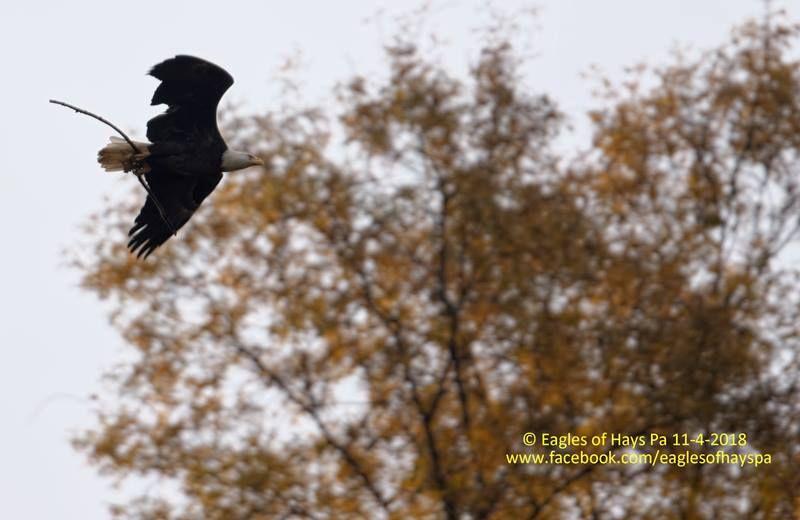
Sadly ‘Dad’ disappeared from his territory in September 2023 and many feared he was dead. A new male, HM2, mated with the original female in 2024 and she laid one egg but the nest failed when the egg deteriorated and collapsed.
Then on a gray and rainy morning, Saturday 18 January, Dana Nesiti (Eagles of Hays PA) was taking photographs at the Hays nest viewing site when an adult eagle came in, perched, and flew. Dana’s in-flight photos show that this bird has ‘Dad’s unique traits: a wing gap and a stubby talon.
It didn’t take long to spread the happy news. ‘Dad’ eagle is back!
With Dad’s return hope is renewed for a successful nesting season even though it’s already late January. As Merry Wander commented on Facebook:
…and Dad only needs 4 days to whip this place into shape…
Woo hoo!
p.s. If you aren’t on Facebook you won’t be able to see Dana’s entire Facebook message. I’ve quoted it below.
“1-18-2025 Got to the trail while it was still dark and was able to see a eagle in the cam tree with binoculars. While I was watching that eagle it flew out at 7:22am and circled the river a couple times before flying downstream. It appeared to be a sub adult. I continued down the trail to the nest area and took my pack off and was going to get set up. Another eagle was flying down the hillside which looked like a sub adult and it had a adult eagle chasing it. They did some maneuvers and also flew downstream. It was still dark and my camera was in my backpack.
“At 9:20am a eagle came over the hill and landed in the slanty tree area and sat for a few minutes. When it flew we were shocked. This eagle appears to be the original Hays male “dad”. I’m 99.999% sure it is. What do you think?
“EDIT: Looking at other images from the flight of the hill, we can see the top wonky feather and his stubby talon. I’m saying 100% the original male!!
“There have not been any signs of nest building that we are aware of and the past week there have been several different sub adult eagles hanging around. Sorry for the bad quality pics as the sky was drab and rainy.“
— quoted from Eagles of Hays PA on Facebook, 18 Jan 2025
Follow Eagles of Hays PA on Facebook for more news of the Hays bald eagles.
